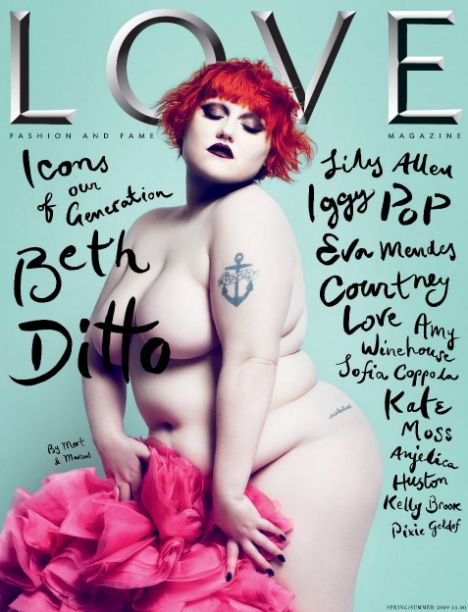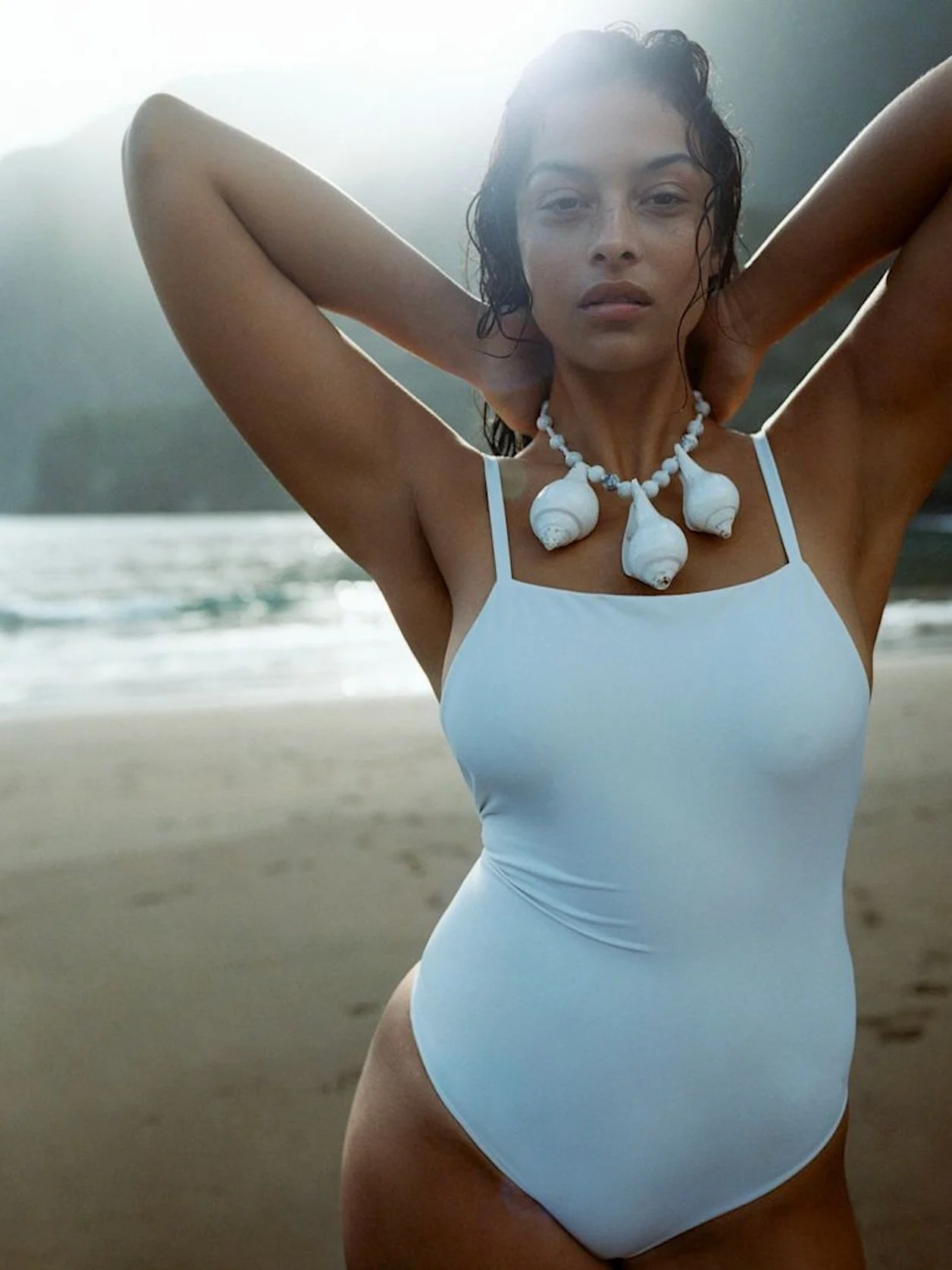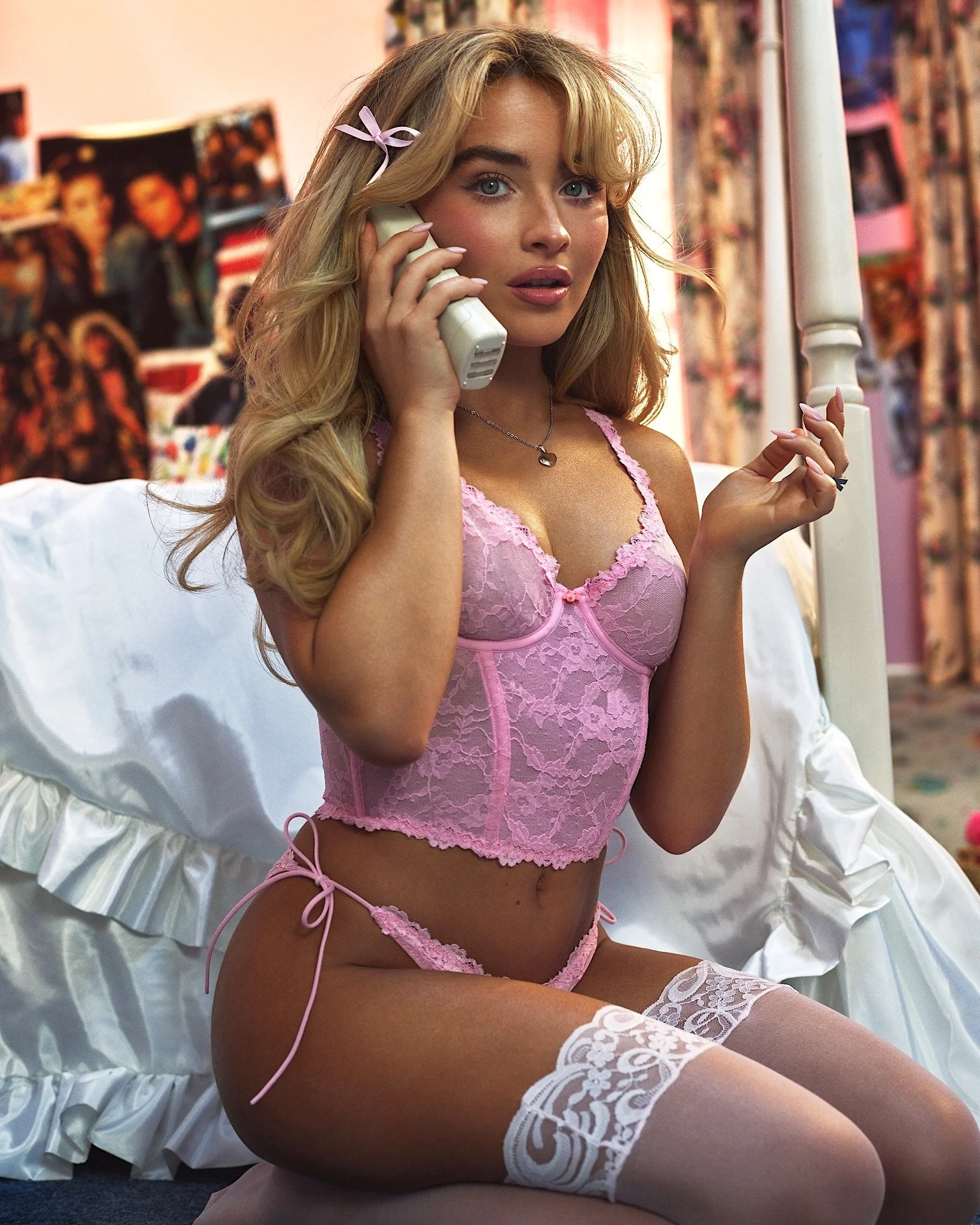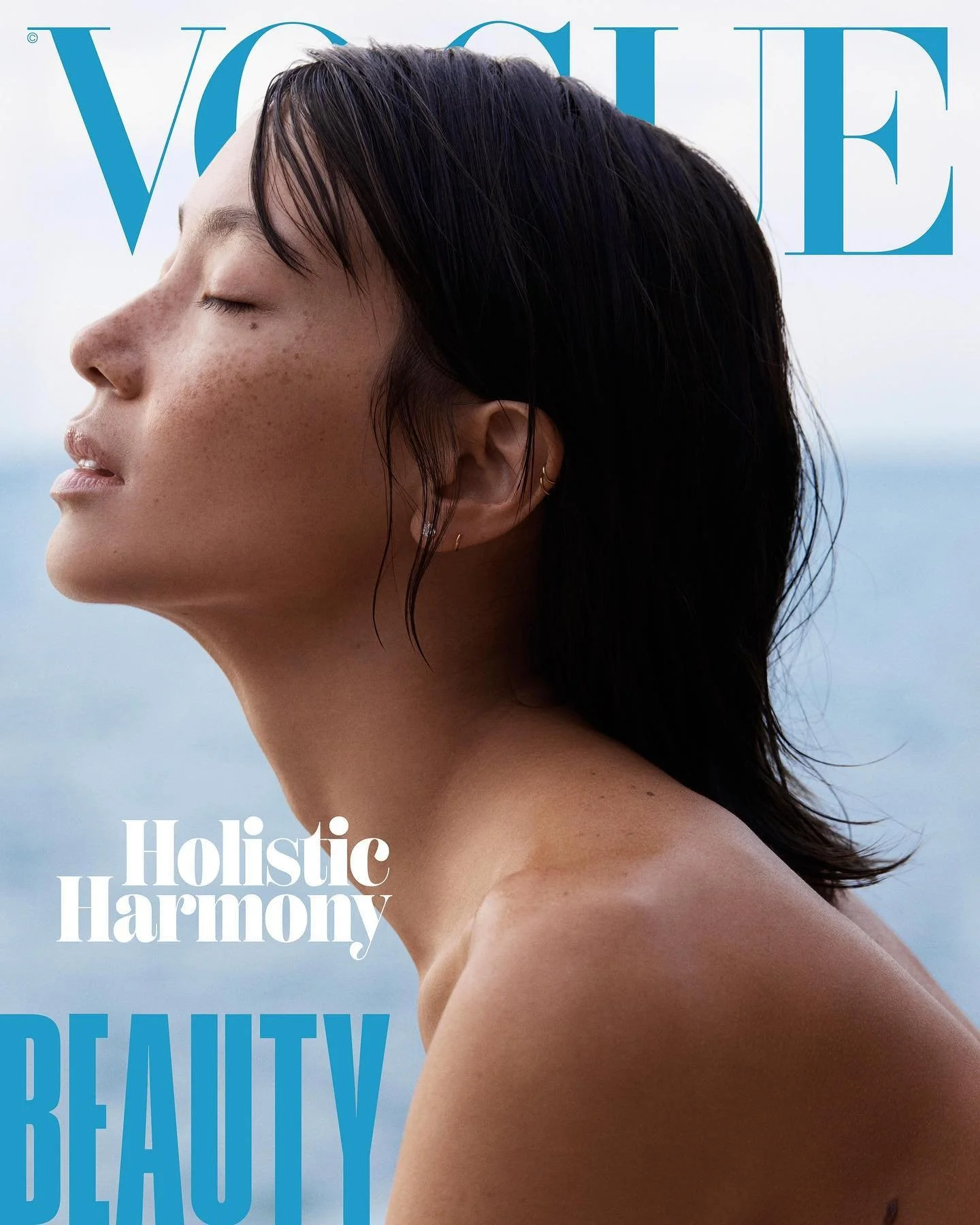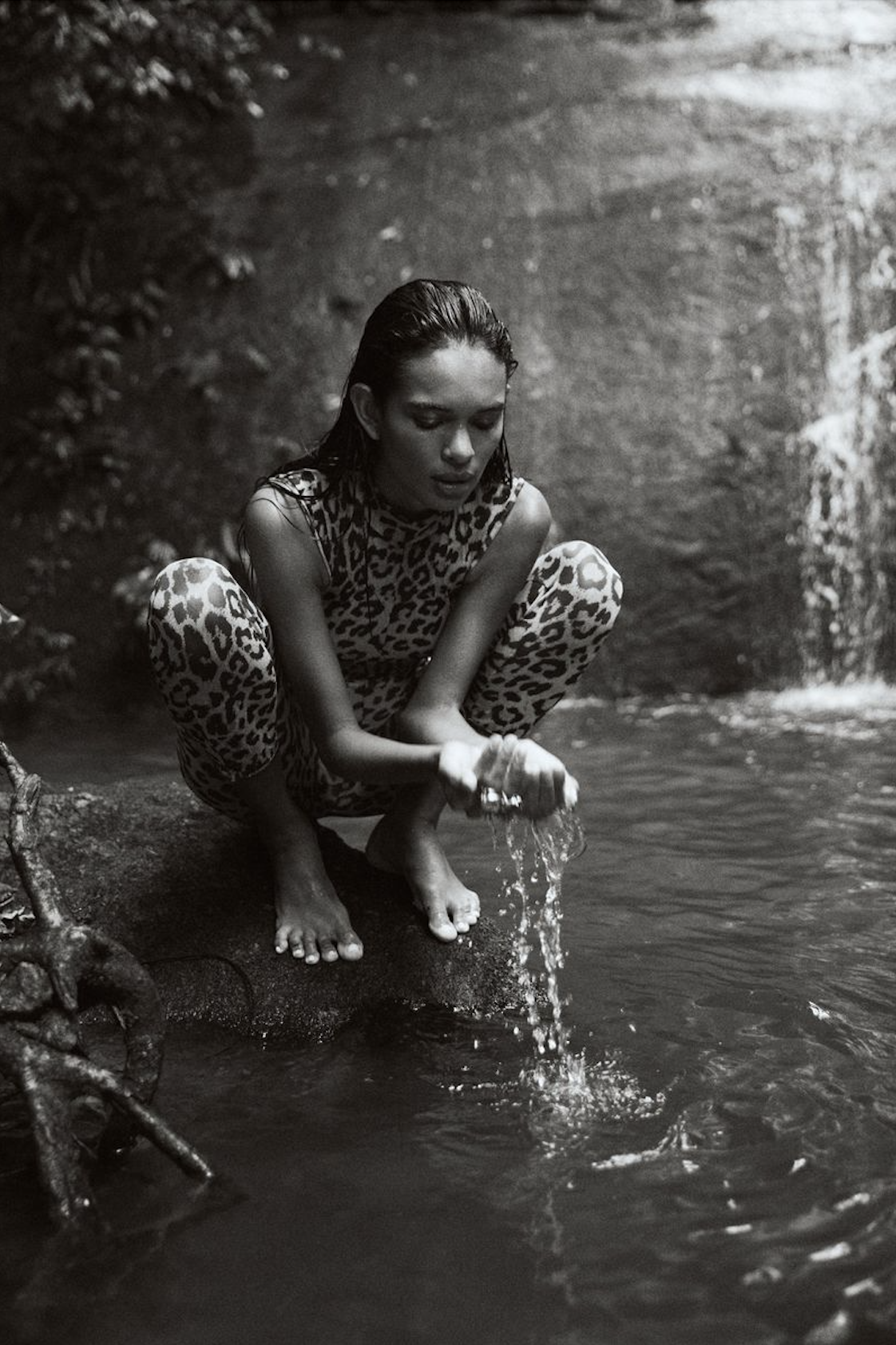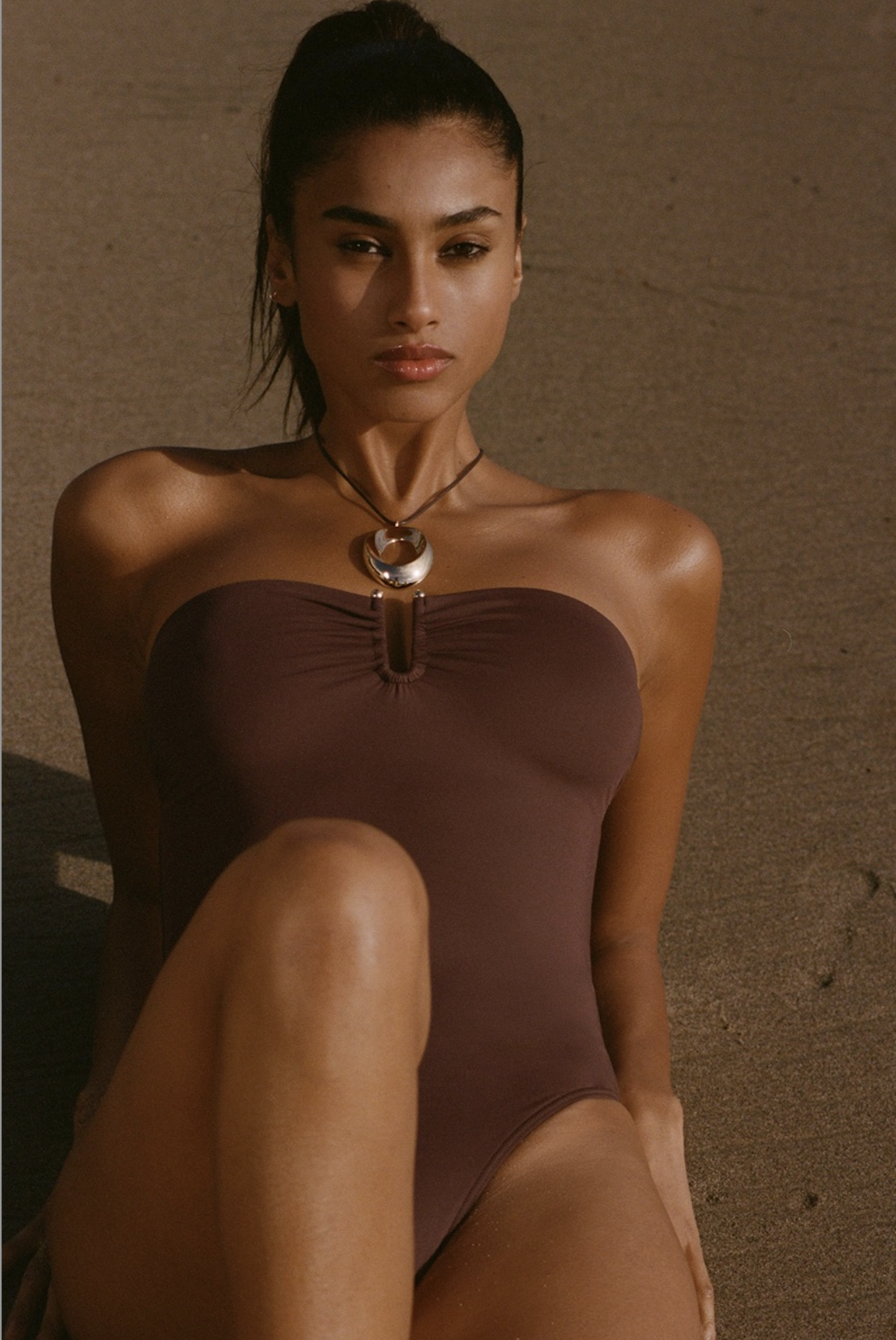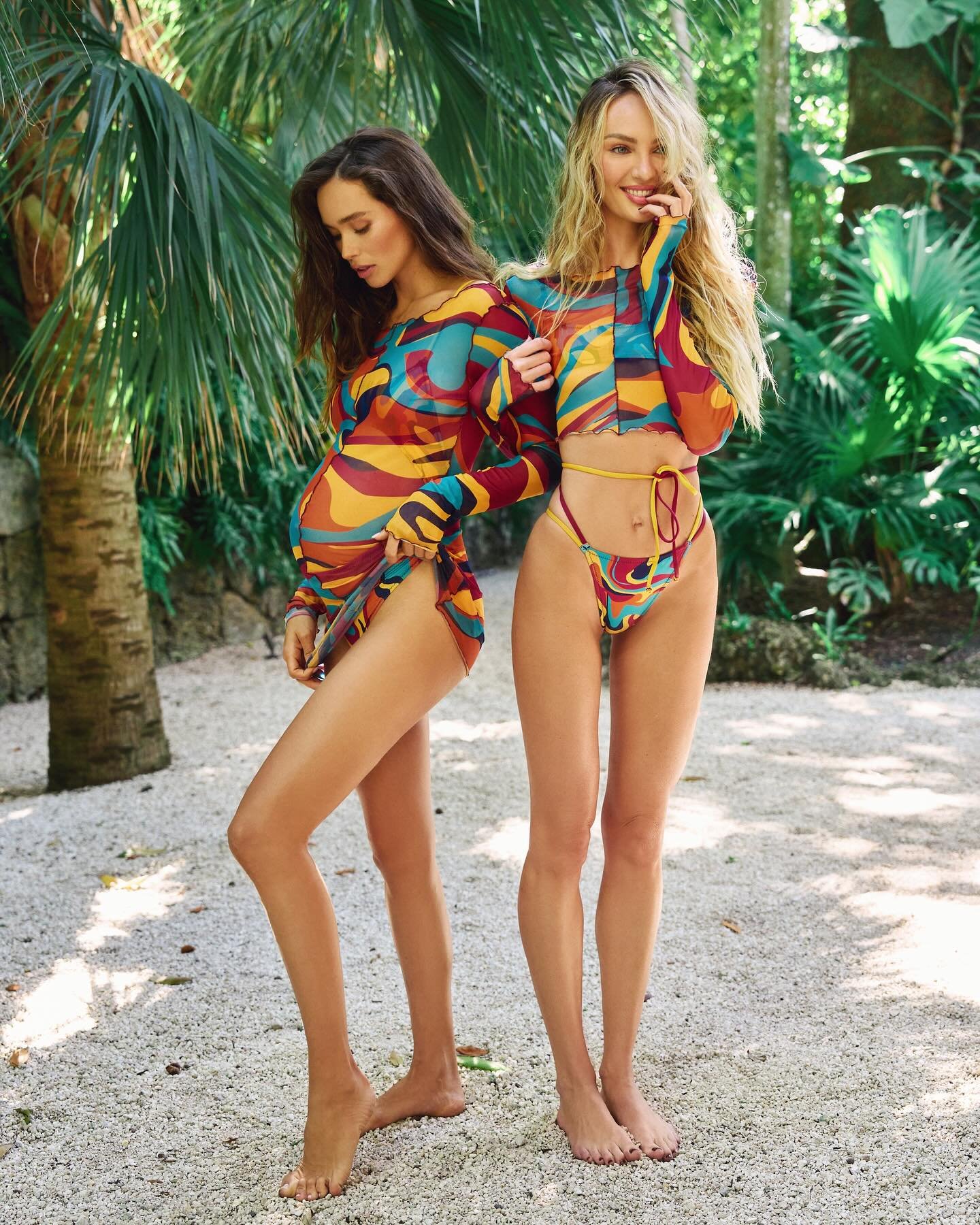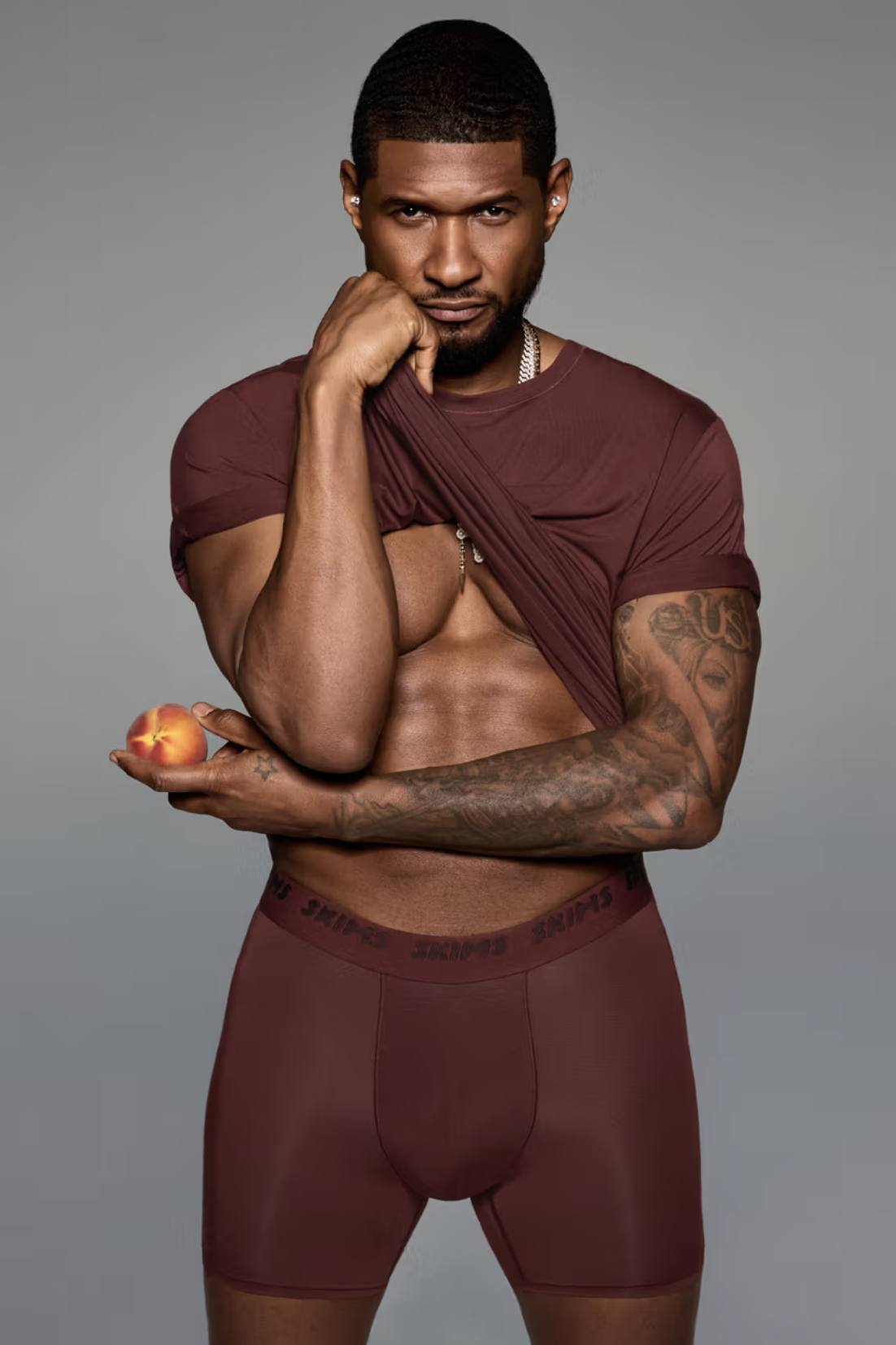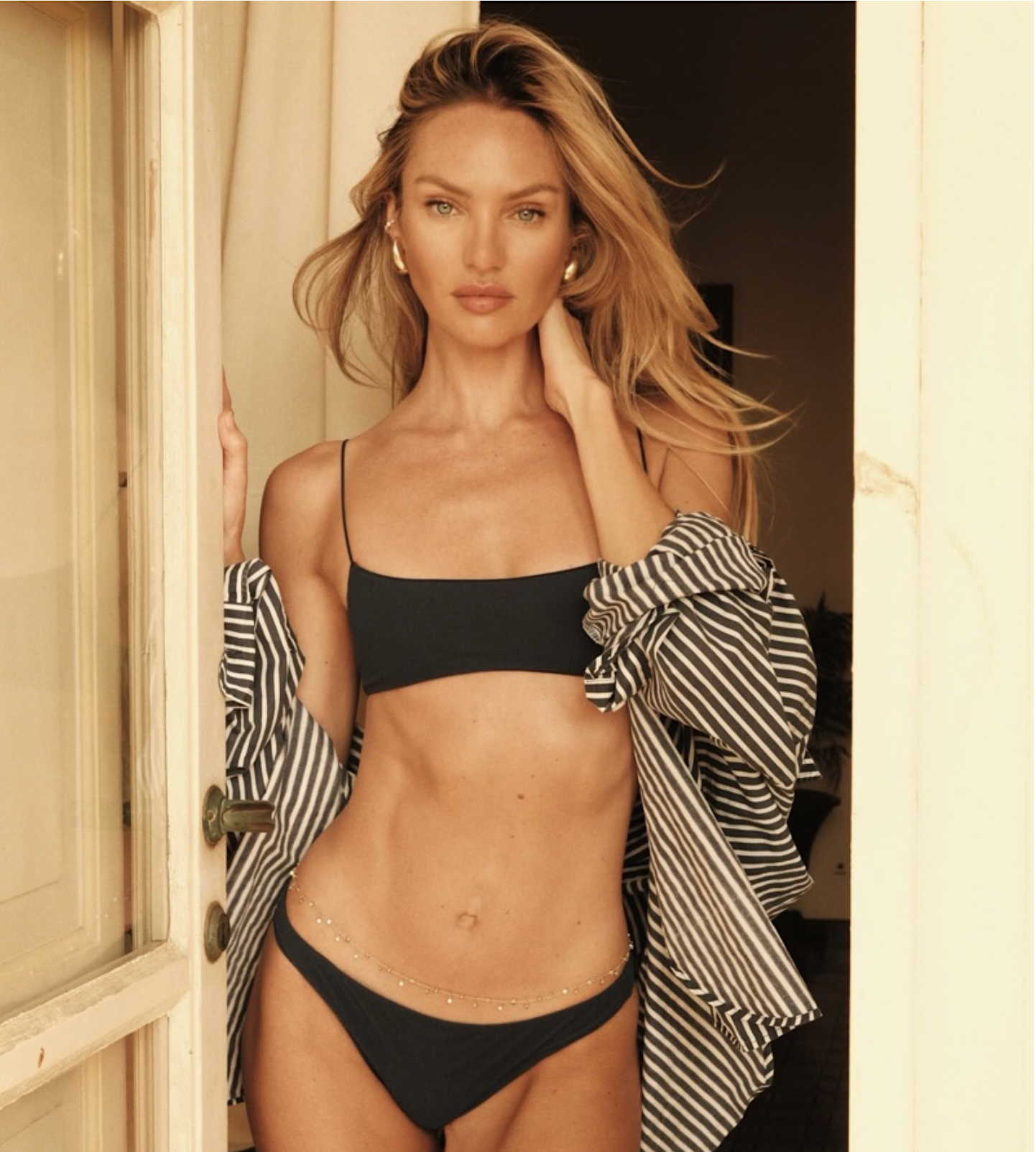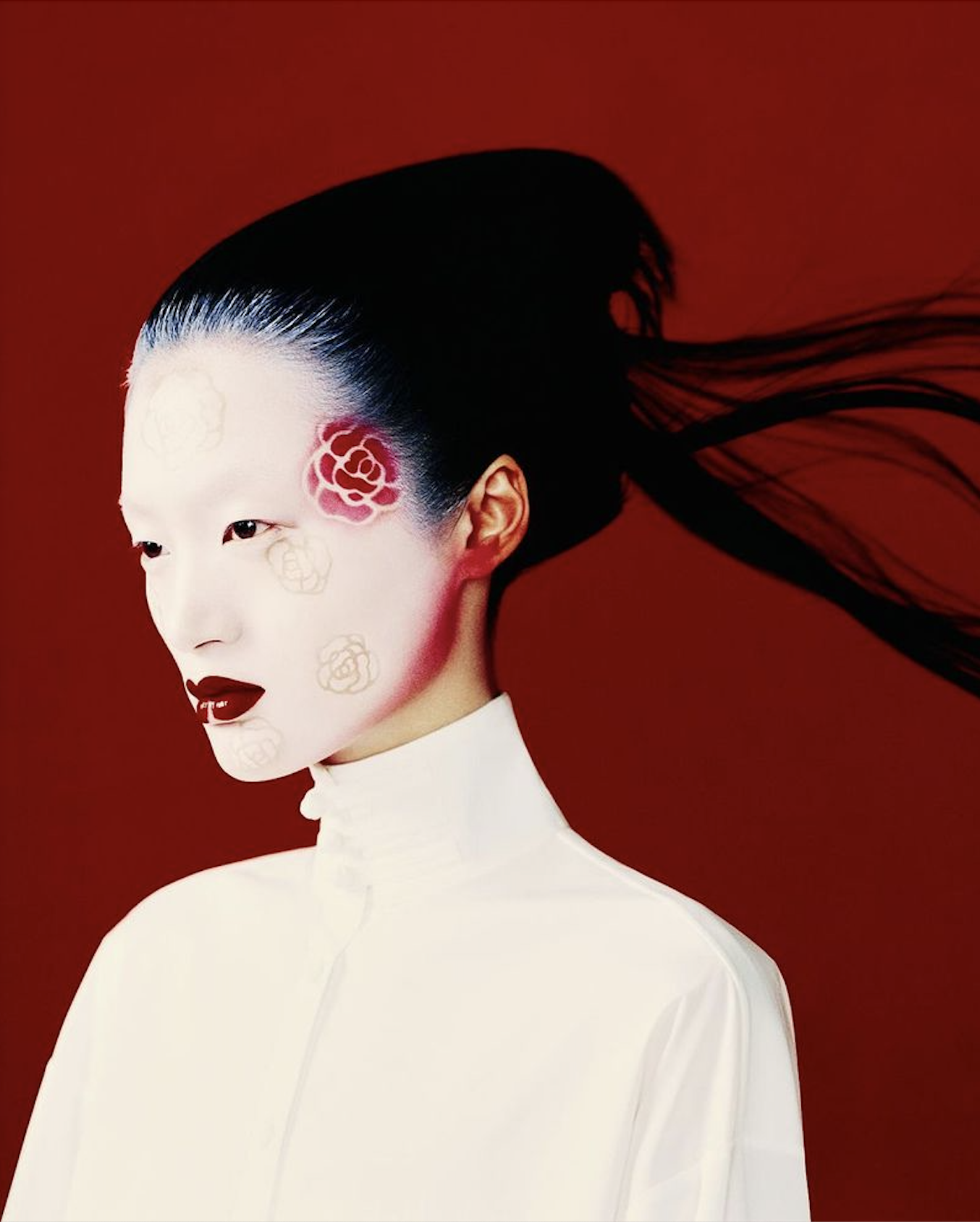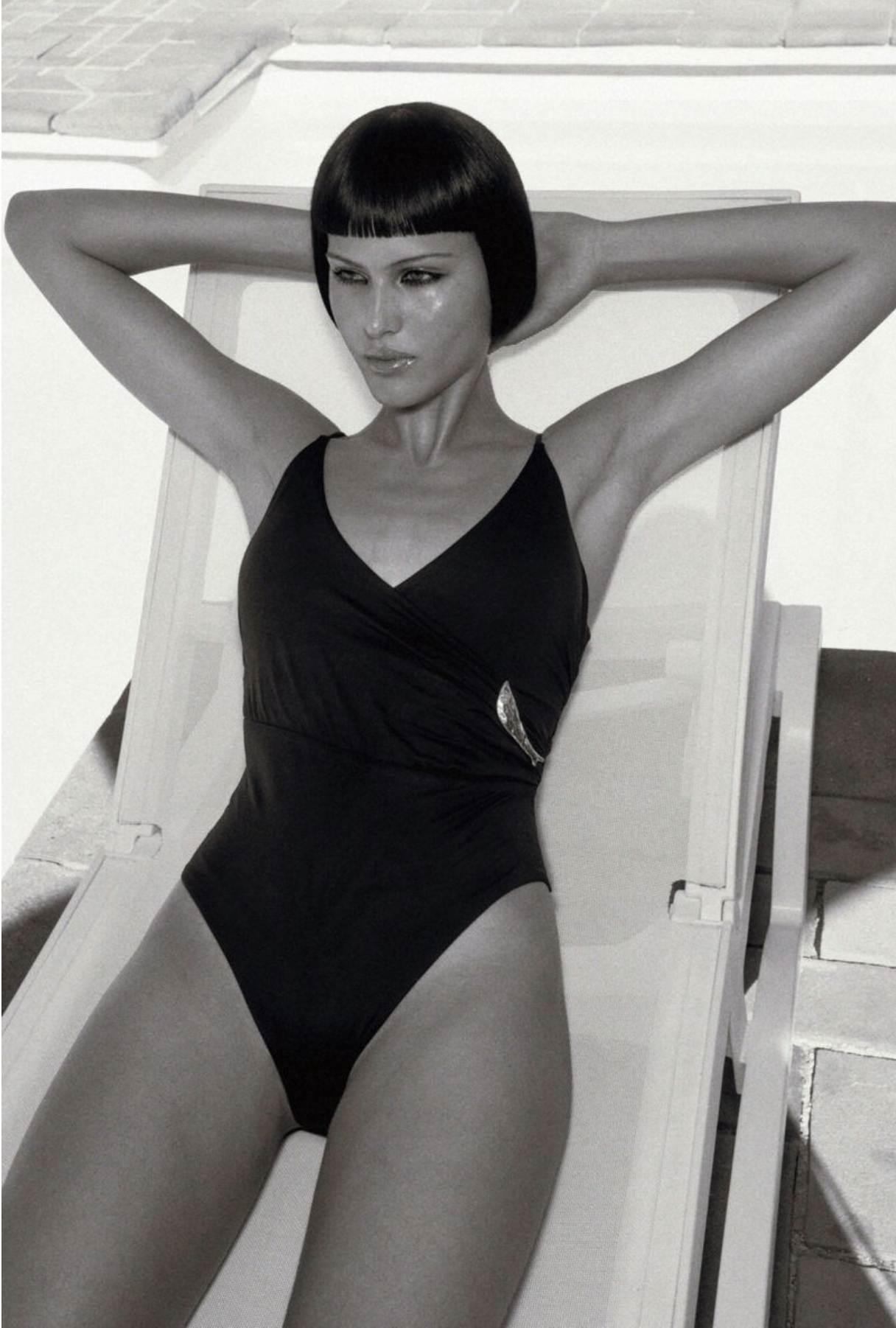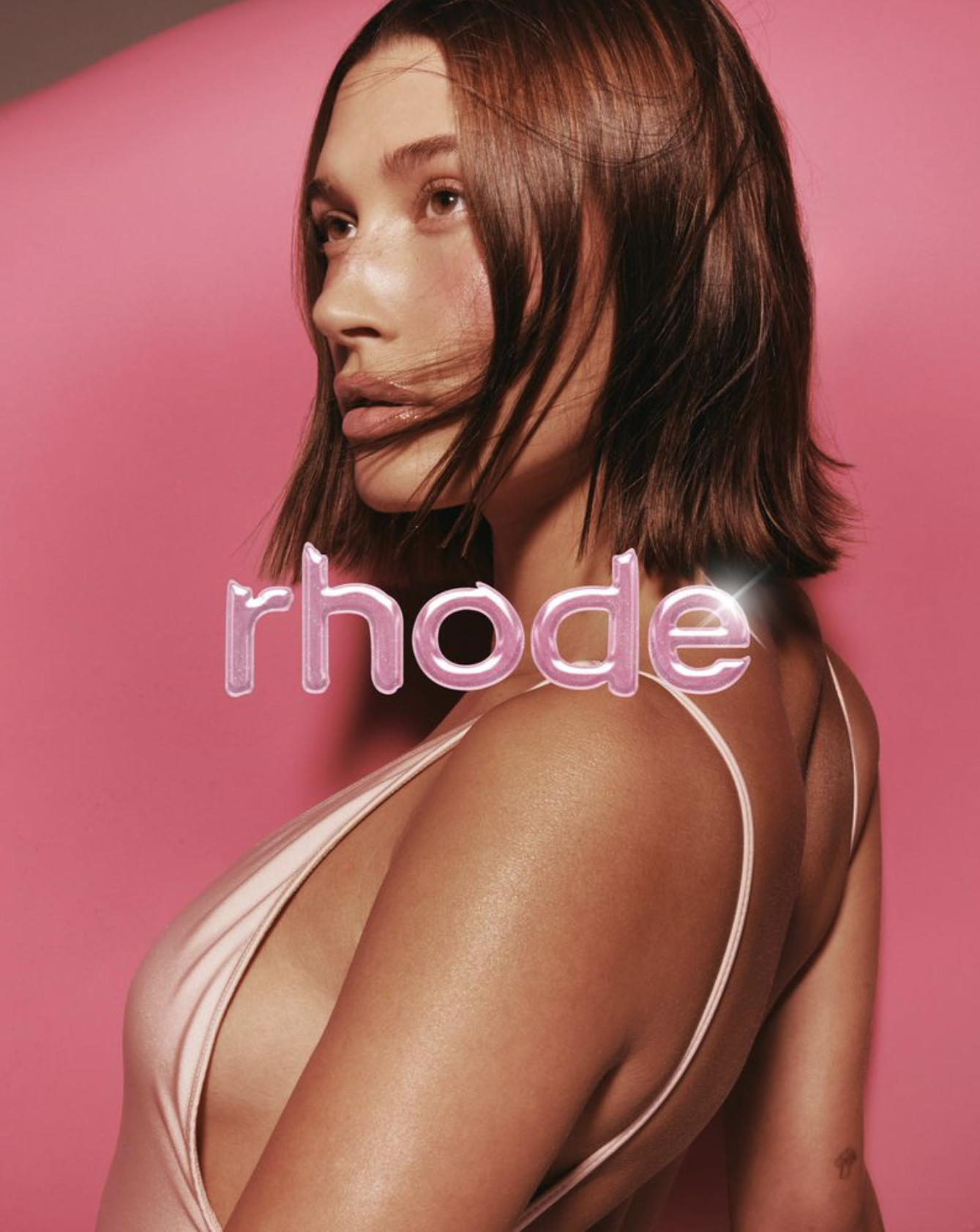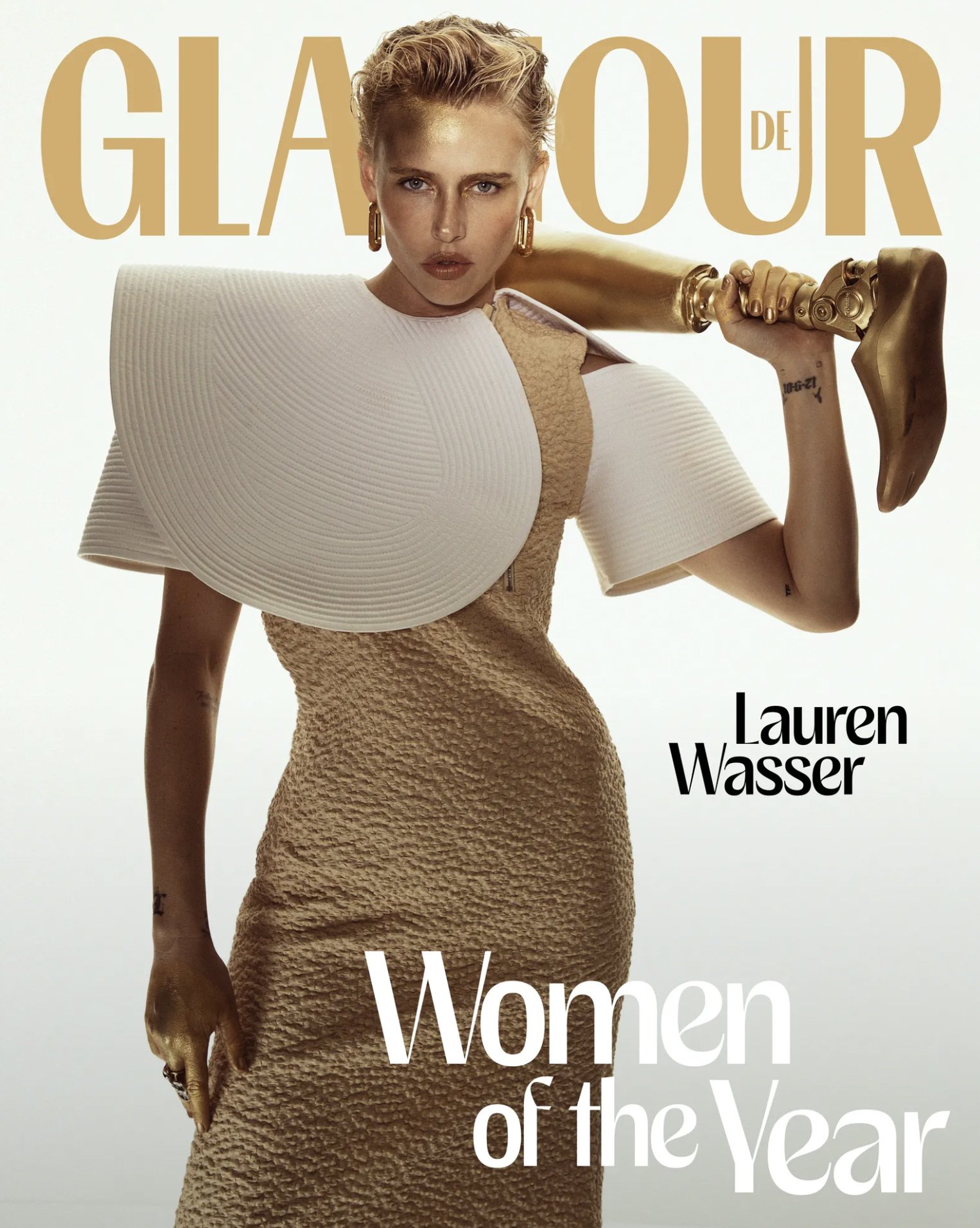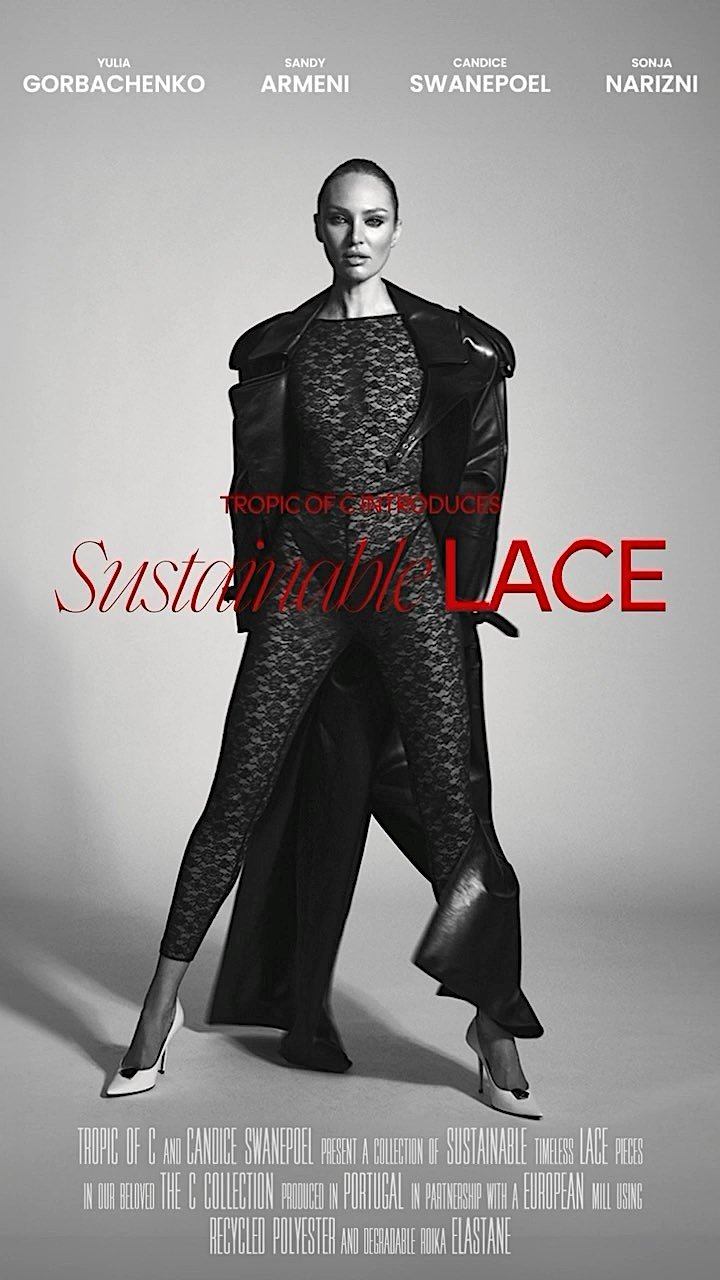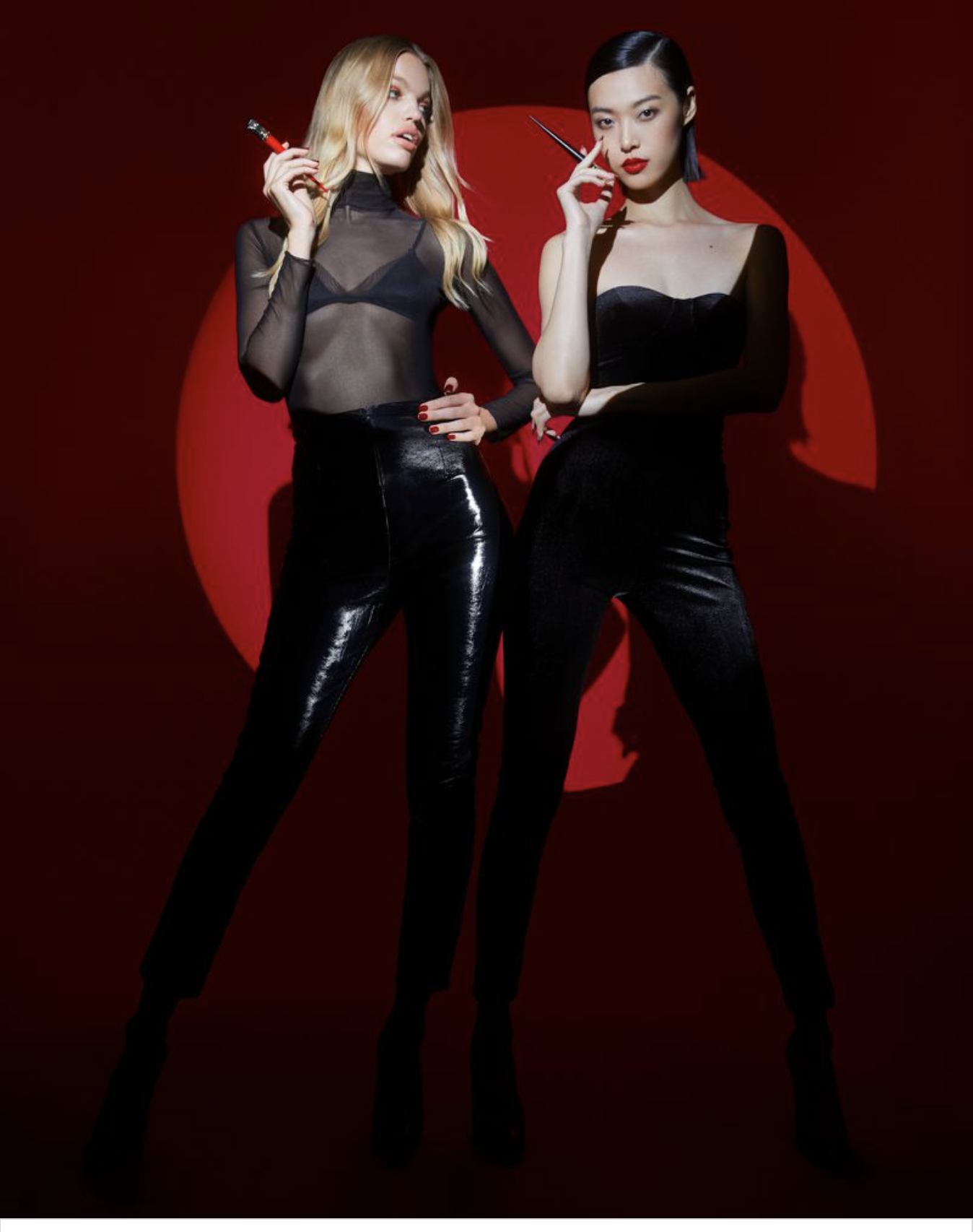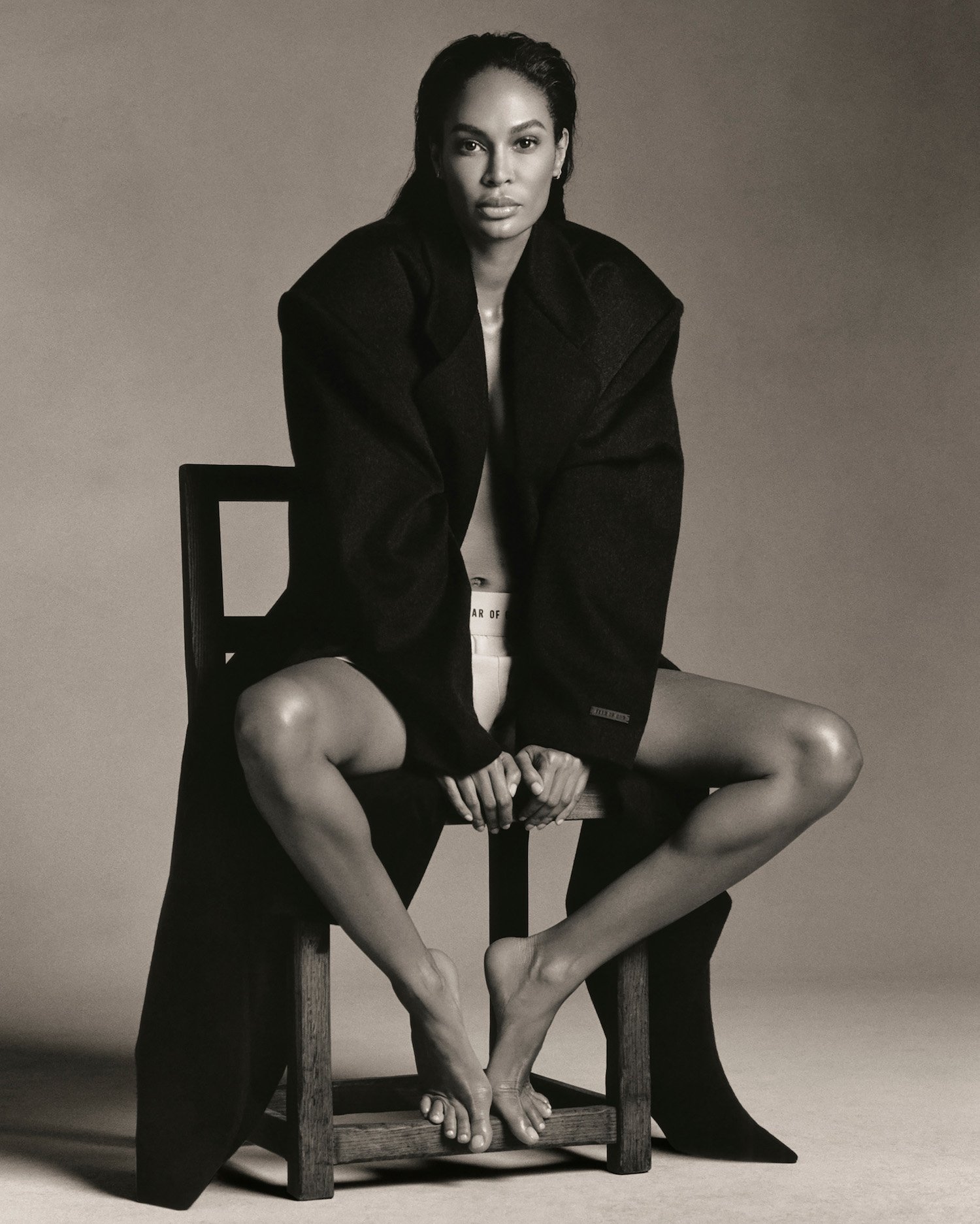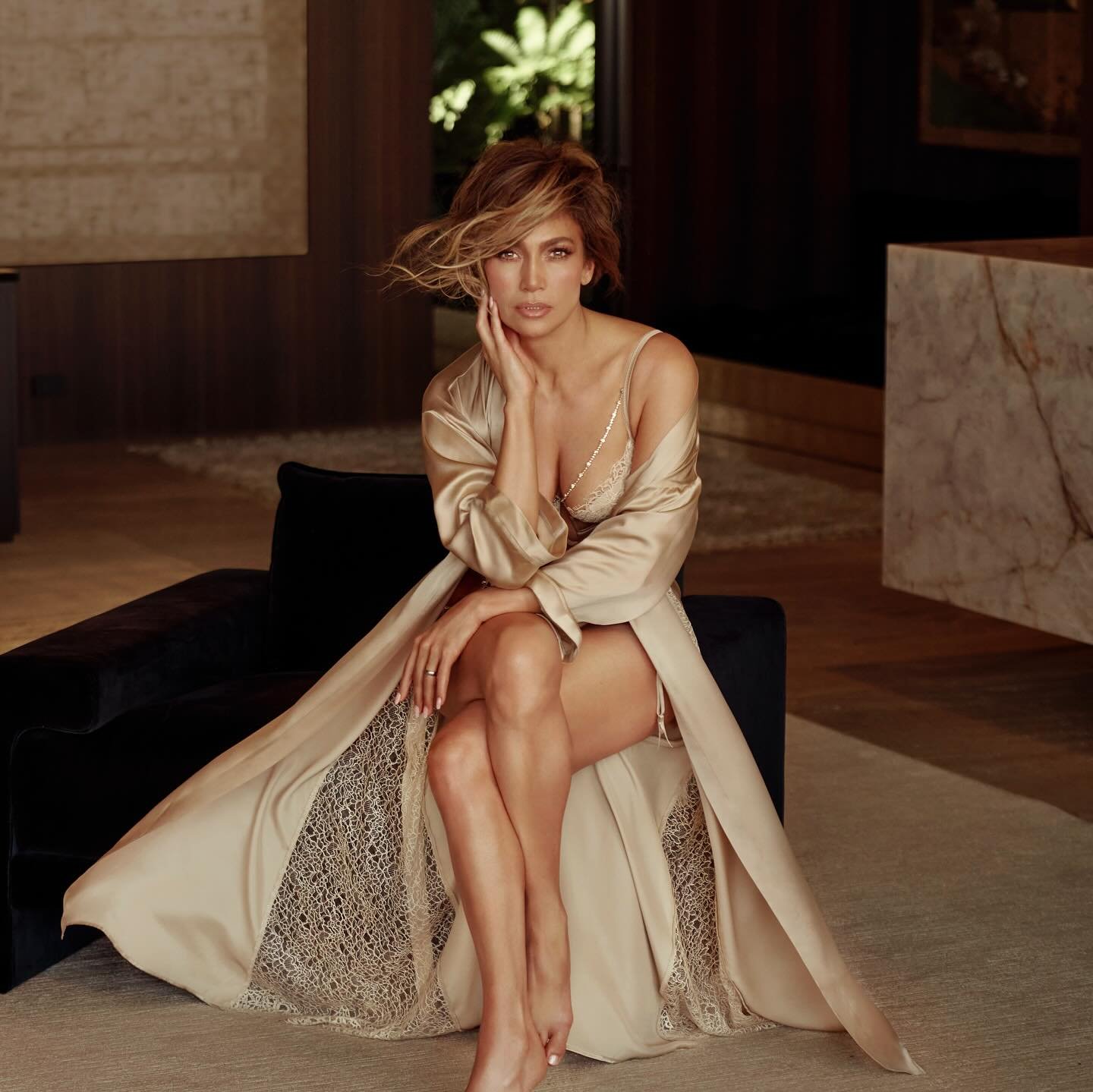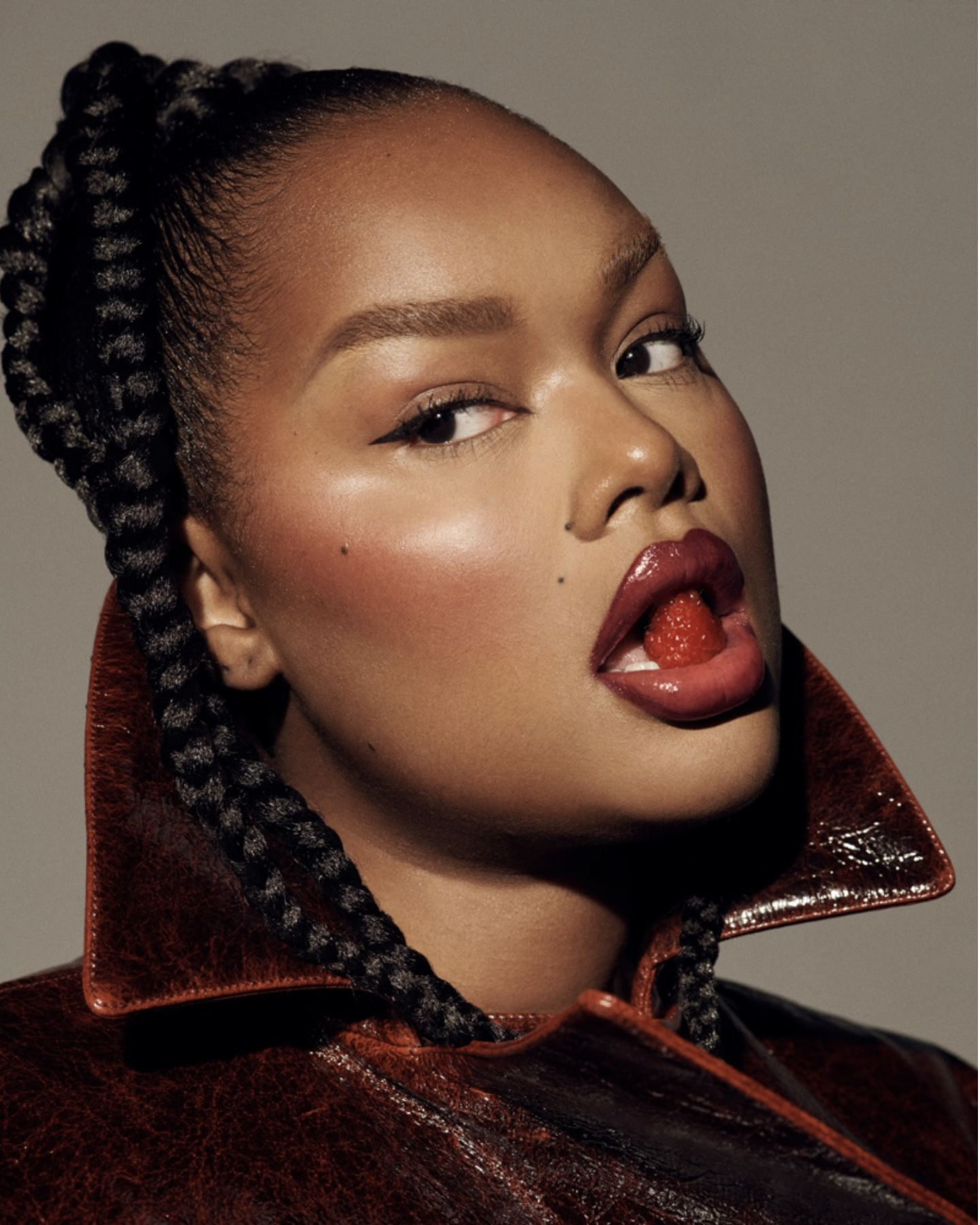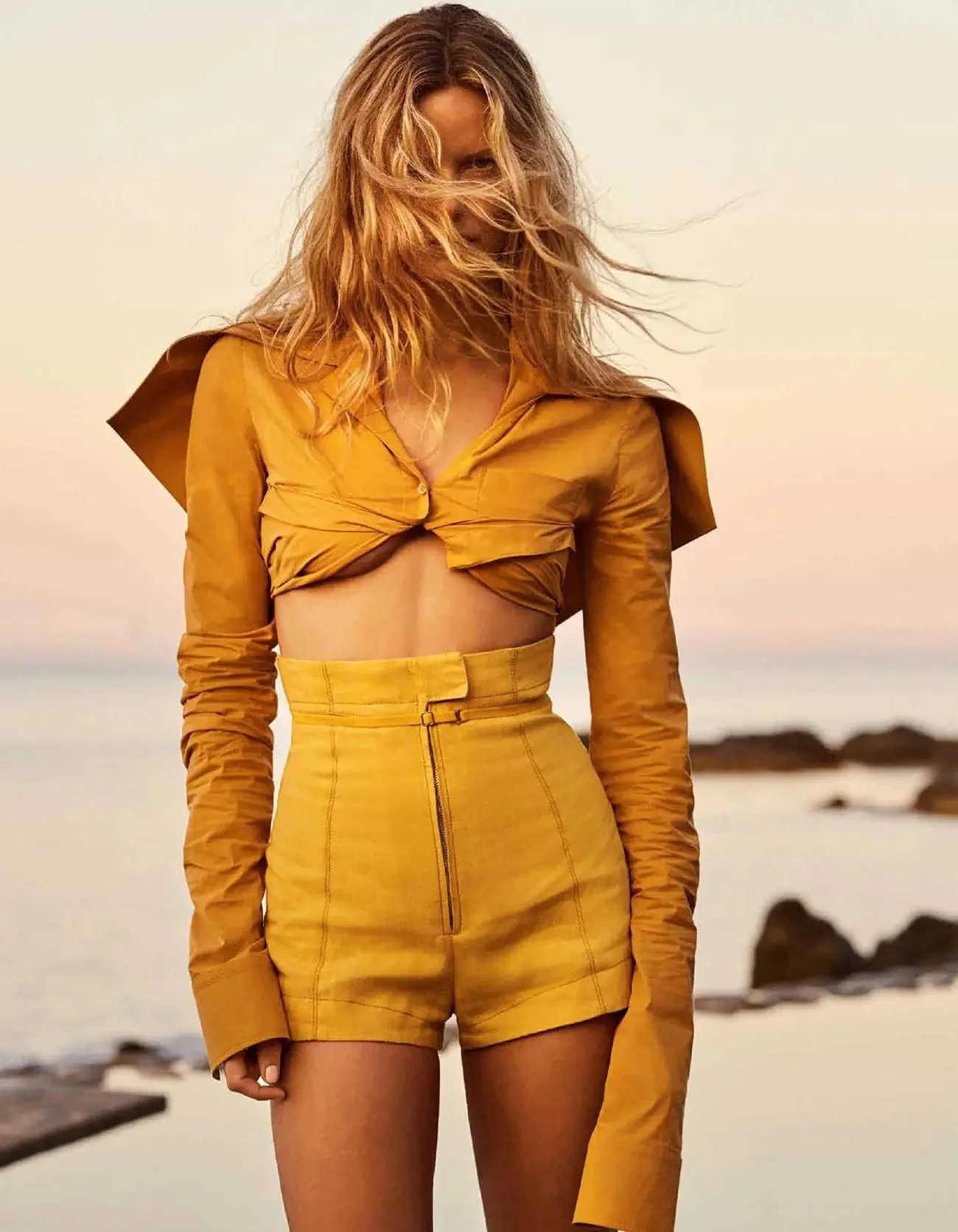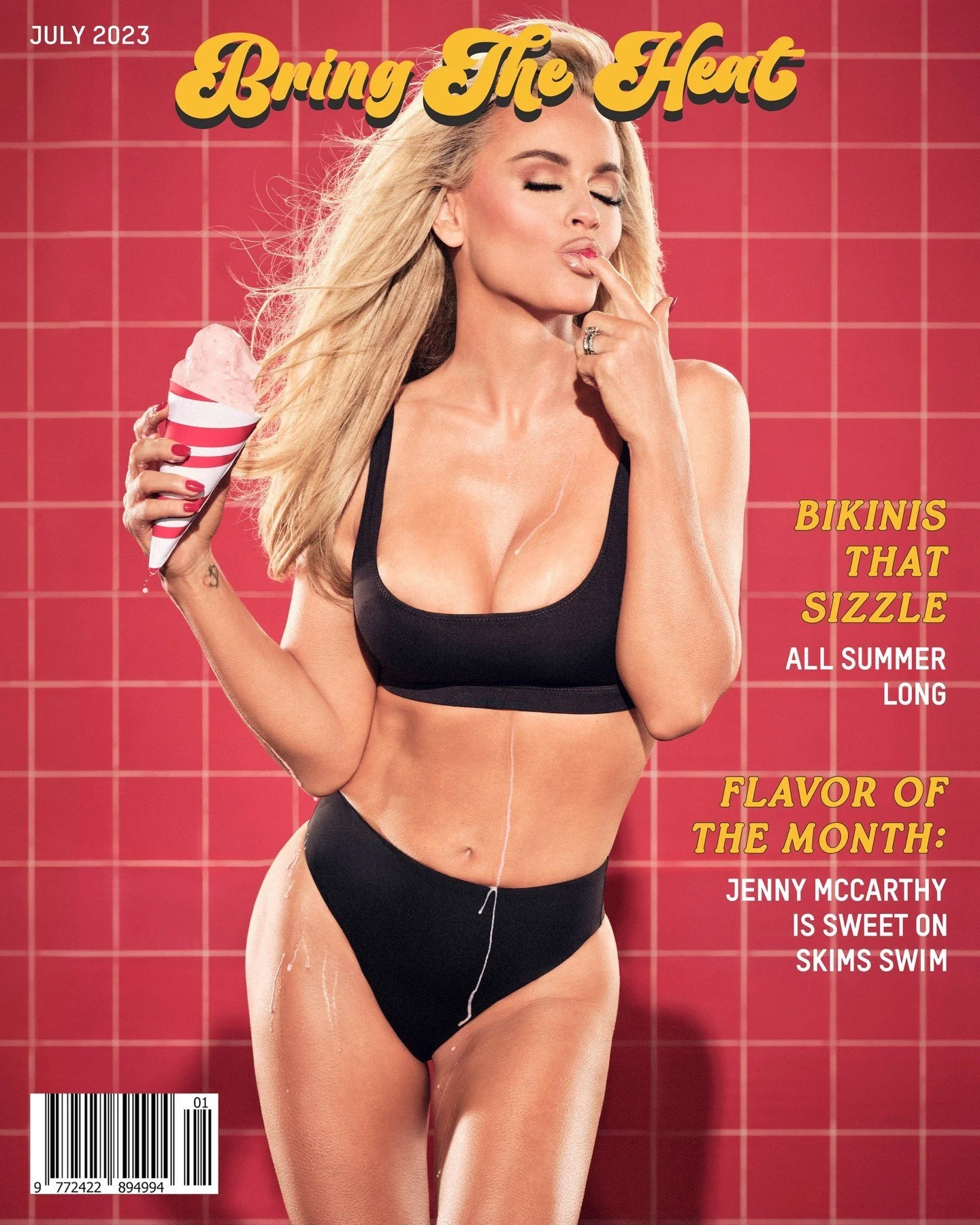New Day Beauty: The Style Individual Is Running the Show
/I remember well the first time I saw six women in every shape and skin color greeting me on a billboard outside New York’s Holland Tunnel, wearing white cotton underwear. I nearly ran my car off the road.
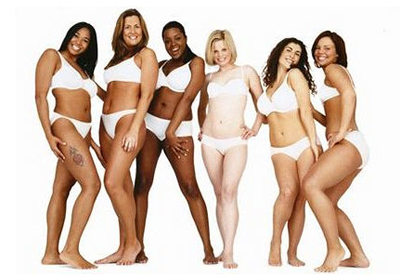 For all the summer 2008 arguments about whether the photos were Photoshopped or not, I believe that the validity of Dove’s Campaign for Real Beauty stands firm. These “au naturel” women caused enough controversy as they were.
For all the summer 2008 arguments about whether the photos were Photoshopped or not, I believe that the validity of Dove’s Campaign for Real Beauty stands firm. These “au naturel” women caused enough controversy as they were.
Never before did women of such a variety of shapes and skin colors sit center stage.
I visited several times with Phillippe Harousseau, then U.S. marketing director for Dove. His only regret on the launch campaign, expressed to me, was that he didn’t use a really thin, non-busty model in the photograph.
Without intending to offend, Dove sent a message that real women had curves.
Dove’s real-woman message was a marketing shot heard around the world, and a campaign that was ahead of its time but focused on all the right issues.
Fast forward to Sunday’s London Times, where writer Gemma Soames says that being an individual is back in fashion.
Keep in mind that London is always quirky, but her examples are global. I, too, see individualism on the move, with a strong push from Michelle Obama and all the issues about body image and beauty that are necessarily raised in her sphere of influence.
If you haven’t seen the new Conde Nast Magazine Love, prepare yourself. We are out of LA fashion tribes territory.
Italian Vogue, who launched last summer’s Black model issue is now working on “real women”.
“I think that the work Steven Meisel is doing in Italian Vogue — shooting Daisy Lowe and Portia Freeman and Peaches and Pixie is great,” says Love editor Katie Grand. “They may be models, some of them, but they’re London girls who aren’t your stereotypical 32-24-32, and I just think it’s brilliant to work with someone who is not a stereotypical model.”
London Times writer Soames makes these arguments regarding the emerging emphasis on fashion Individuality:
- doom and gloom economies impact images of beauty (I’m not touching that one)
- personalities are suddenly important, perhaps more important than classic beauty
- brands have become so homogenized, that they can no longer connect with consumers
Soames calls out several examples of our new vision of individual beauty: Christina Hendricks, Tilda Swinton, M.I.A, Gemma Arterton, Duffy, Beth Ditto, Jo Wood, Pixie Geldof, Georgia May Jagger.
M.I.A Red Carpet, Grammy Awards 2009
One of the more fascinating women mentioned is nine-months pregnant Sri Lankan rapper, M.I.A, who delivered her baby the day after the Grammys. This yummy mummy exuded steam in abundance, taking center stage with her very big belly, on Grammy night, before delivering her baby boy the next day.
Here M.I.A. joins the “rap pack” Feat. T.I., Kanye West, Lil Wayne & Jay-Z singing Swagga Like Us at the Grammys 2009.
As an example of independent thinking, MIA says in the interview above that she will name her baby, after she’s met her. How different is that from choosing the name in advance and giving it to the child, regardless of personality and physical attributes?
Clearly, fashion imagery is changing for multiple reasons.
While never as eccentric, America could help drive this new definition of real beauty. Even the transition of top-rated model shows from LA to New York could spell c-h-a-n-g-e in our California-girl notion of beauty.
Lately, all I hear is the word “totally empty-headed and vacuous”, when describing today’s 20-30-year old beauties. I wouldn’t know, because I don’t have dinner with beautiful, young models. But the men who do have been giving me quite an earful lately. Anne
More of Anne’s Writing:
J Crew’s Mickey Drexler: The Man Most Likely To Do the Right Thing
